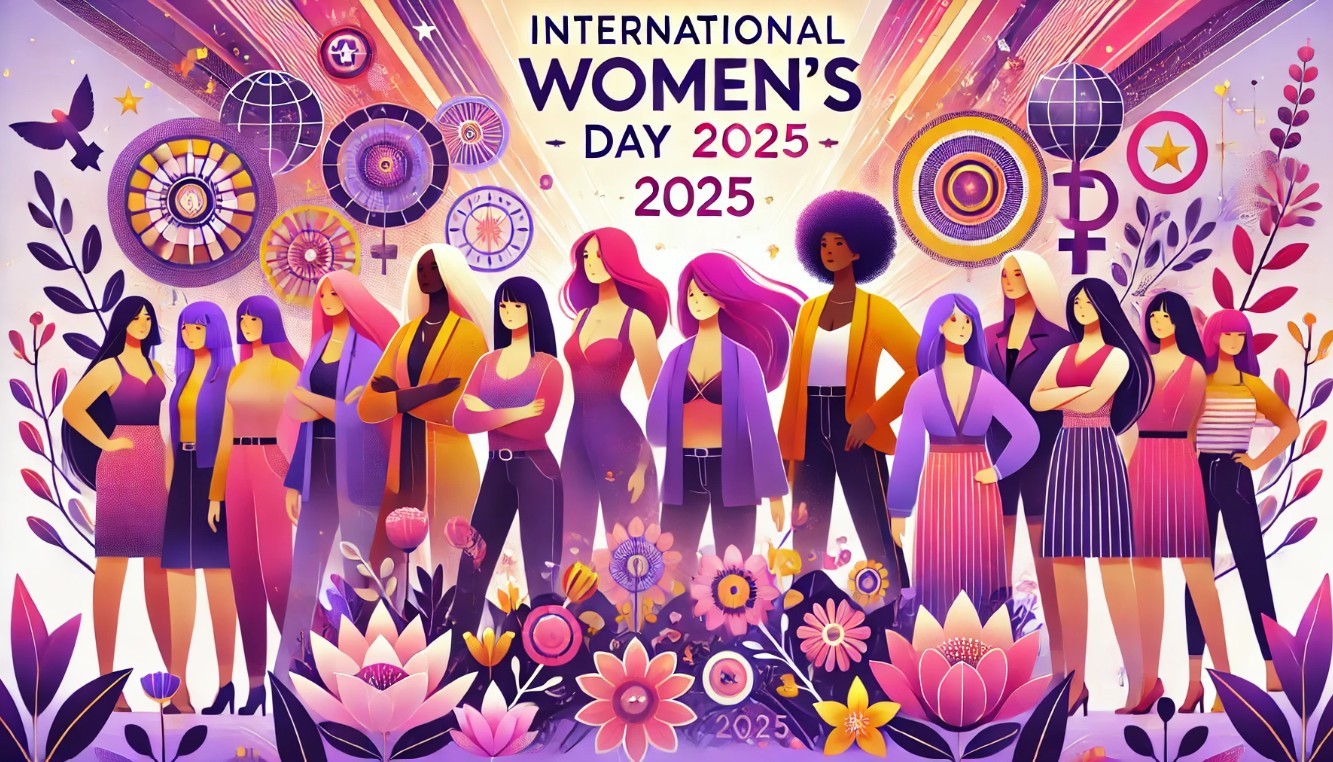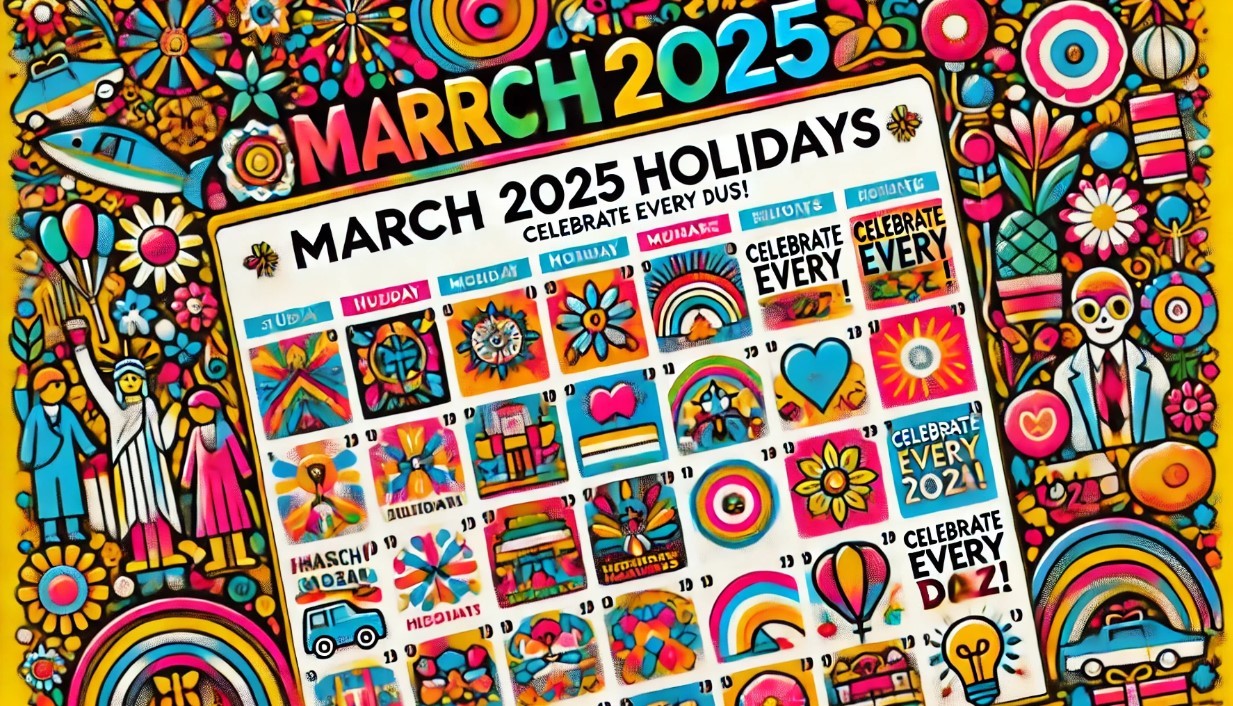How to Celebrate Seollal - Korean New Year: Traditions, Customs and Taboos
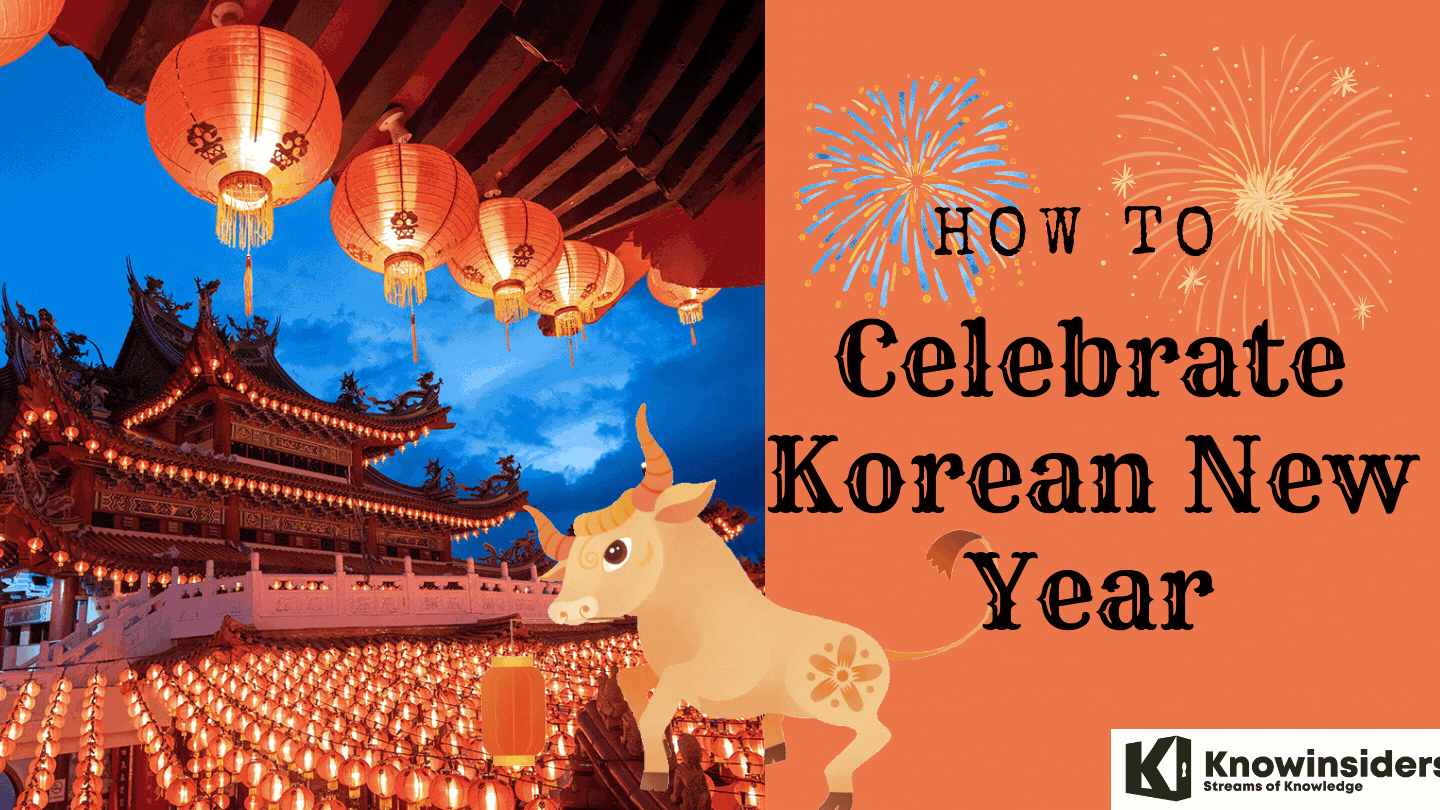 |
| How to celebrate Korean New Year |
Korean New Year is a festival and national holiday commemorating the first day of the Korean calendar, which originated from the lunisolar calendar. It is one of the most important traditional Korean holidays. The celebration usually lasts three days: the day before Korean New Year, Korean New Year itself, and the day after Korean New Year. During this time, many Koreans visit family, perform ancestral rites, wear hanbok (한복), eat traditional food, and play folk games. Additionally, children often receive money from their elders after performing a formal bow.
Here is how you celebrate Korean New Year in South Korea, its traditions, customs, symbols and celebrations.
What is Seollal (설날)?
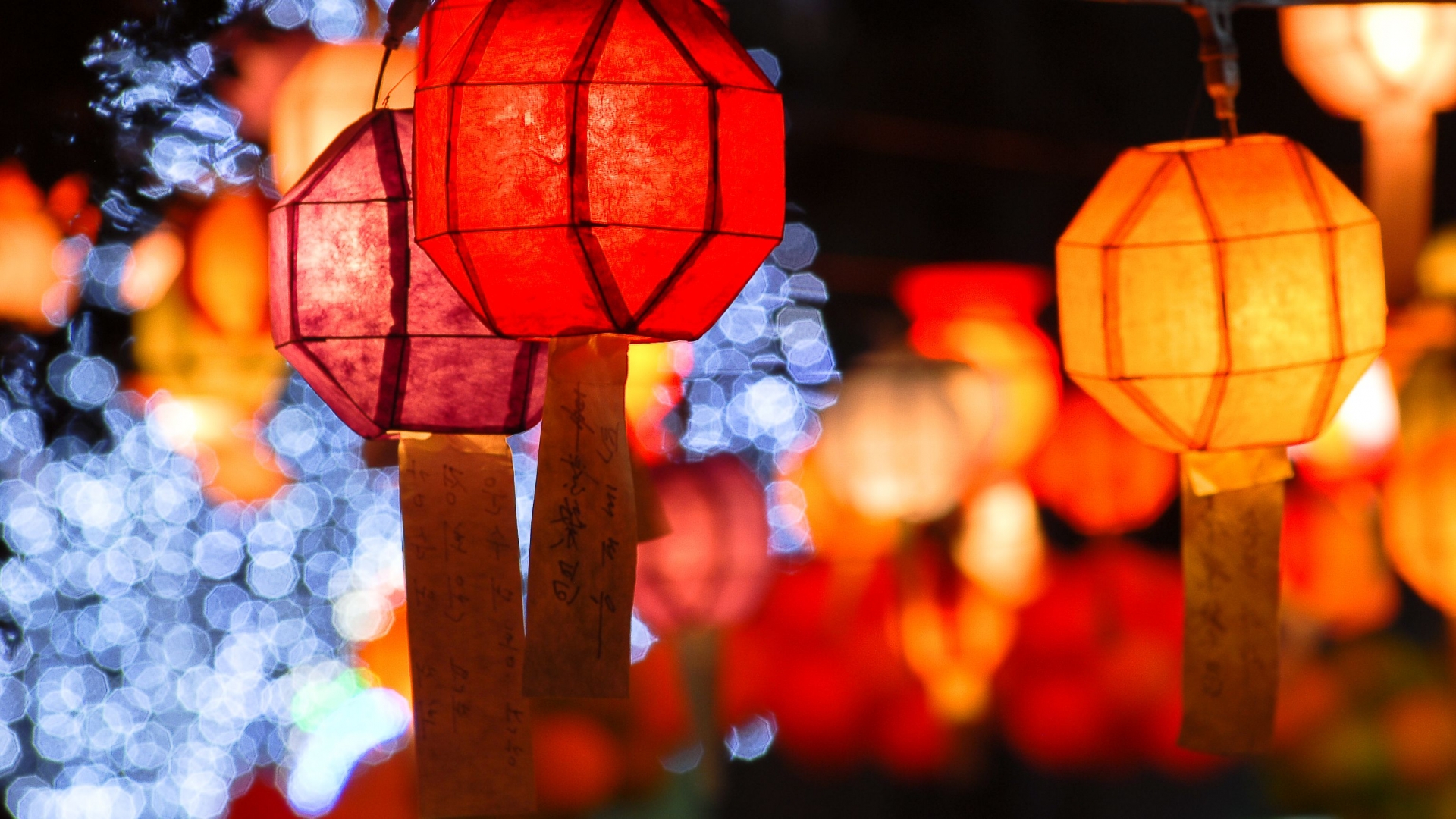 |
| Photo: Getty Images |
Seollal(설날) is one of the important traditional Korean holidays in South Korea. This special holiday commemorates the first day of the Korean Lunar Calendar. The holiday takes place in the span of several days and is marked by the gathering of family members, performing Korean rituals, eating traditional foods, playing folk games, and other traditional activities.
Seollal (설날) looks like seolnal, but is pronounced seollal in Korean.
The Origin of Seollal
The prototype of Korean New Year is believed to be found in the 3rd century Chinese historical work, Records of the Three Kingdoms, Book of Wei, Volume 30. Worshipping event with celebration of singing and dancing was held in Buyeo in the 12th month (殷正月) of Chinese calendar at that time.
The earliest record of Korean New Year celebrations are included in the Chinese historical works, the Book of Sui and the Old Book of Tang, containing excerpts of celebrations during at new year's day in the Silla Kingdom in 7th century.
Korea's own record of new year celebration is found in Samguk yusa (Memorabilia of the Three Kingdoms), compiled in the 13th century. Under the rule of 21st King of Silla, new year was celebrated in 488 AD. Then celebration of Korean New Year have continued to Goryeo and Joseon. By the 13th century, Korean New Year was one of the nine major Korean festivals that included ancestral rites, according to the Korean historical work, the Goryeosa.
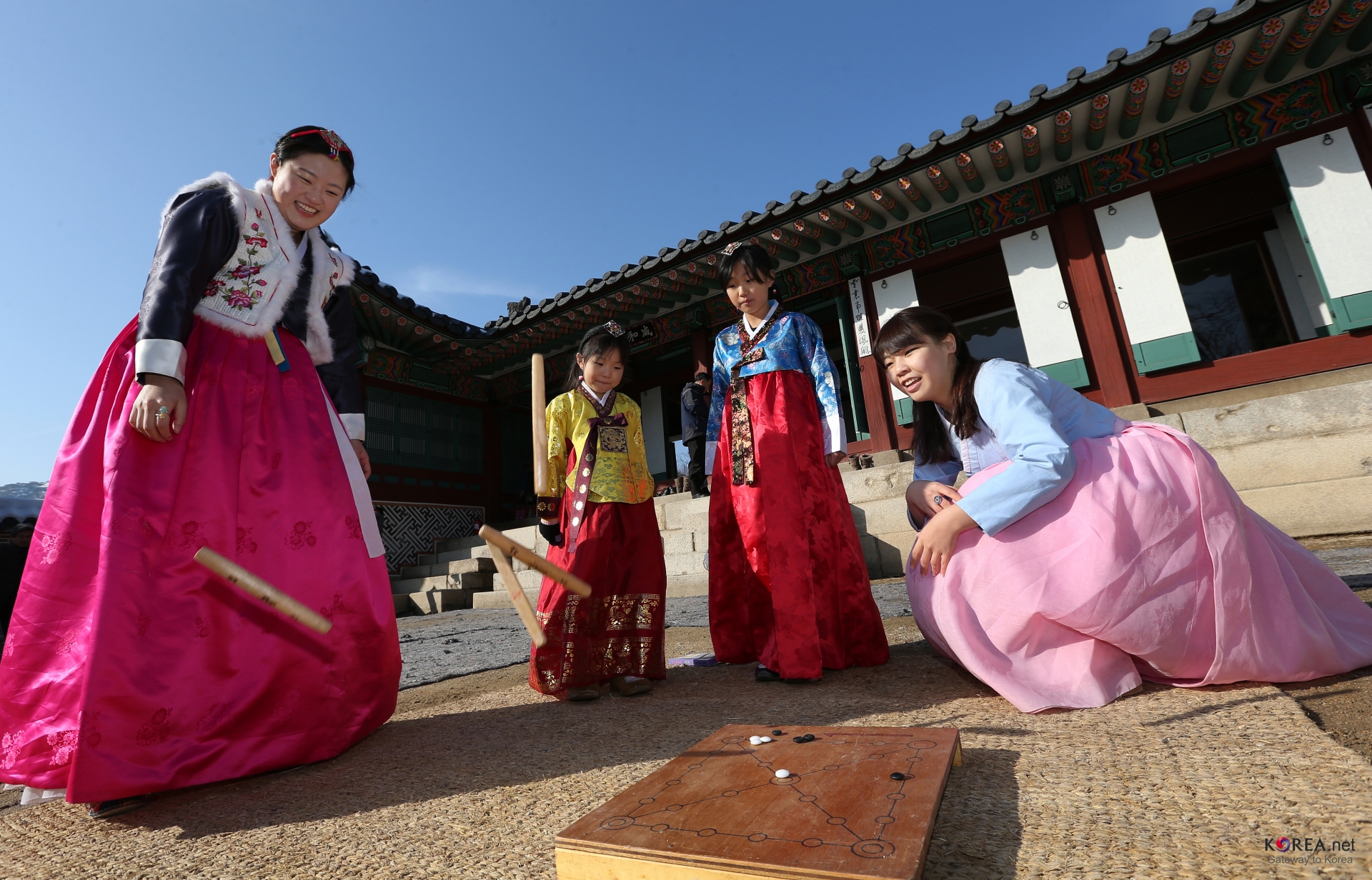 |
| Photo: Wikipedia |
Abolition and Reestablishment
After Japan annexed Korea, celebration of Seollal was prohibited. The Japanese rulers set the official Korean New Year to the first day of Gregorian calendar, following the Japanese New Year. The day is called 신정; 新正, and the old new year became 구정; 舊正.
After the liberation of Korea in 1945, the South Korean government designated the period from January 1 to January 3 of the Gregorian calendar as a public new year holiday.
In 1980s, the opinion that the old New Year should be designated as a holiday and respect its tradition was raised, and the government declared the first day of the Korean calendar as a folk day from 1985 to 1988.
In 1989, the Roh Tae-woo administration accepted public opinion that the old New Year's Day should be re-vitalized, designating the old New Year as both the official Korean New Year and a national holiday.
Where it’s celebrated
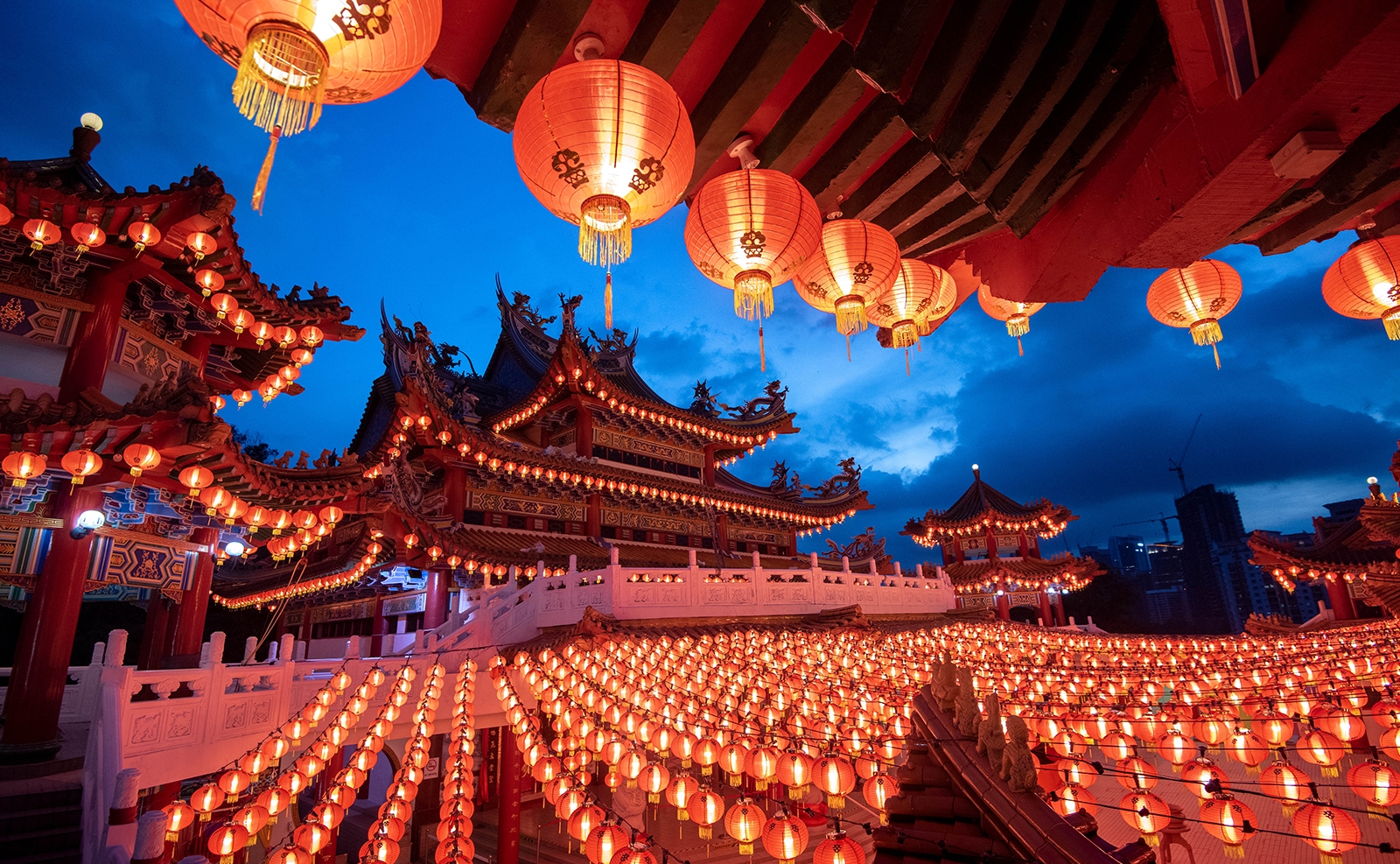 |
| Photo: Korea Times |
Both North and South Koreans celebrate Seollal. Many families throughout both countries participate in the festivities.
This can cause some travel difficulties, particularly in South Korea. Because so many families spend Seollal with loved ones, as it approaches, many Koreans make travel arrangements in advance to ensure they can reach their family members in time for the celebration.
Many consider Seollal to be the most important Korean holiday of the year.
When is the Korean Lunar New Year and How Long Does it Last?
The specific dates on which Seollal falls will vary from year to year. Seollal began on January 25 in 2020. In 2021, it will start on February 12. In 2022, it will begin on February 1.
The celebration lasts for three days. Like other cultures, Koreans begin the festivities the day before the new year actually begins. They continue celebrating on the day of the new year and the day after.
Top Traditional Taboos to Avoid During the Lunar New YearSaying A Name to Wake Someone : On New Year’s Day morning, avoid using a person’s name to wake them or encourage them to arise. Otherwise, you’ll have to urge them to do tasks and projects all year. Awakening A Sleeping Person with “Happy New Year!”: On New Year’s Day, avoid awakening a sleeping individual with a New Year greetings. Wait until they arise or they will be sick in bed for 2019. Washing Hair: In Mandarin, the word hair (发) has the same pronunciation and is the same character, as fa in facai (发财), which means ‘to become wealthy.’ So it’s best to wait until after New Year’s to avoid ‘washing one’s fortune away.’ Eating Congee, Meat, or Fish for Breakfast: You don’t want to start the year “poor,” by eating congee or Chinese porridge – it’s a bad omen. Enjoy cooked rice for the first meal of 2019 to welcome prosperity. Meat is taboo at this breakfast out of respect for Buddhist gods, who are believed to disfavor animal slaughter. Wearing Damaged Clothing: Buy new clothing and avoid clothes with tears, rips, and damage. Children are especially susceptible to this bad luck in the first lunar month. Doing Laundry on 1st or 2nd Day: Water is conserved on these special days, which are celebrated as the birthday of Shuishen (水神, the Water God). Moving the Financial Needle: Avoid financial and budgetary discussions on New Year’s Day: “If you move the needle on New Year’s Day, watch out, you may prick the dragon which will make you grow a stye.” This is a play on words, because the character for stye and needle sound the same. “Moving the needle” refers to changing or making progress. Borrowing Cash: Avoid starting the New Year with someone else’s money, or legend says loans will be required all year. If you start the year lending money, you will suffer loss all of 2019. Pay all debts by New Year’s Eve. Napping During New Year Celebrations: Avoid napping on New Year’s Day or laziness may result all year. It’s rude since the alternative is receiving many guests. Married Woman Leaving Her Home or Visiting Family: On New Year’s Day, a woman should not leave her home or she will risk bad fortune for 2019. Instead, as a wife, she entertains visitors in her home. She avoids visits on New Year’s Day, as this brings bad luck to parents, causing economic hardship, and poverty. |
Korean New Year’s Custom
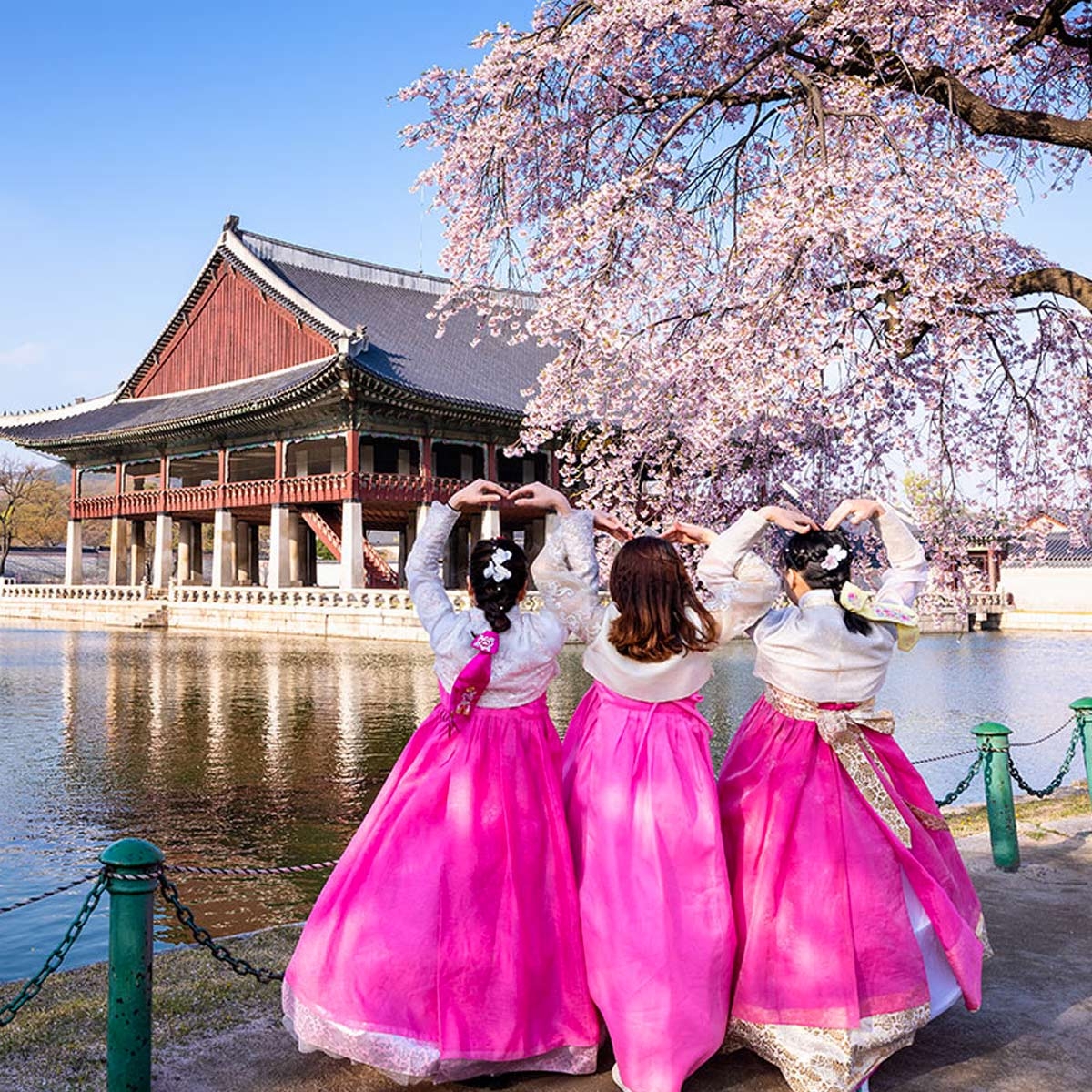 |
| Photo: National Today |
The Korean New Year is typically a family holiday. The three-day holiday is used by many to return to their hometowns to visit their parents and other relatives, where they perform an ancestral ritual called charye. The three days are the day of, the day before, and the day after. In 2016, 36 million South Koreans reportedly would be traveling to visit their families during the Korean New Year. Koreans not only travel within the country, but around the world, as well. Many Koreans travel from overseas to visit their families for this annual holiday. Since it is one of the few times families may be able to get together and catch up on one another's lives, it is considered respectful and important to attend the holiday. Often, the family members first visit the elders, and this includes the grandparents and the parents. It is also considered respectful for people to visit their mothers- and fathers-in-law during the Korean New Year.
Including travel expense, preparation for this holiday is very costly. Gifts are usually given to family members and new clothes are worn during the holiday. Traditional food is prepared for many family members coming to visit for the holiday. Fruits are especially expensive. Due to the increased demand, food prices are inflated during the month of Seollal. As a result, some people have chosen to forgo some traditions because they have become too expensive. These families prepare a modest ancestral rite only with necessary foods for Seollal. The government has started taking certain measures to help stabilize and support ordinary people's livelihood for the New Year holiday period, raising the supply of agricultural, fishery, and livestock products. The government has also used rice reserves and pork imports to lower inflation. The government is also putting money into small and medium-sized companies to help with cash flow.
Many preparations go into celebrating the Korean New Year. During the first morning, Koreans pay their respect towards their ancestors. Traditional foods are placed on a table as an offering to the ancestors, and a rite begins with deep bows from all family members. This is a sign of respect and a very important practice on the first day of the New Year in Korea. It is also where they pray for the well-being of all the family members. Many Koreans dress up in colourful traditional Korean clothing called hanbok, usually worn for special occasions such as weddings, Korean New Year, child's first birthday, amongst others. However, with modernization and evolving mores in the culture, more people tend to prefer westernized, modern clothing to the hanbok. After the rite, the members have a big feast.
Additionally, Koreans follow a zodiac similar to the Chinese zodiac. 12 animals represent the 12 years in sequential order with the rat/mouse representing the first year. Buddha is believed to have invited animals from all over the world to visit, to which only 12 visited. In return, he honoured them by naming the years in the order that they arrived. Koreans believe that specific zodiac animals bring specific resources and qualities. For example, the year 2014 was the year of the horse, and it was considered a good year in the money and career aspect of life. It is said that a person born in a specific zodiacal year will carry that zodiac animal's characteristics. As a result, Koreans plan their year and activities around it to have a good, prosperous year. Parents may have even planned the birth year of their child, so the child may have a specific characteristic. It is fair to say that the Korean zodiac is an important part of Korea's culture.
Another custom observed is the lighting of a "moon house" built from burnable firewood and branches. This symbolizes the warding off of bad/evil spirits for the new year. Many also choose to add wishes they want to come true in the next year to the moon house.
Korean New Year Celebrations
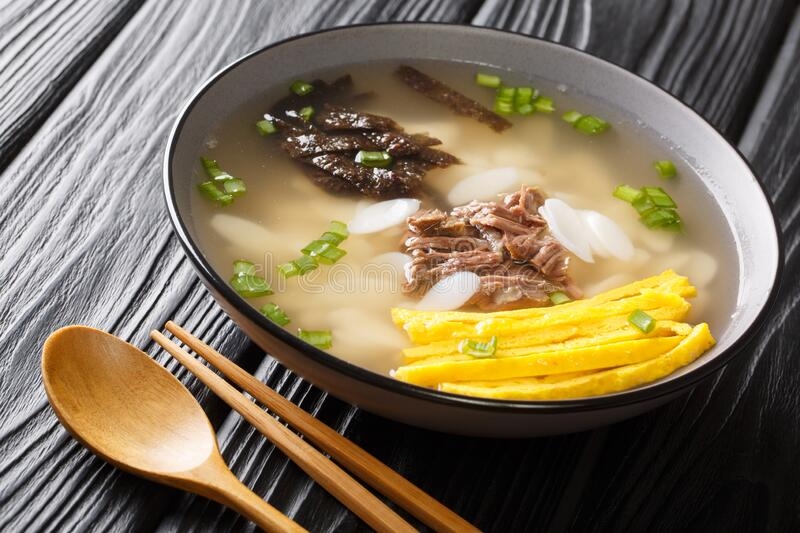 |
| Photo: Dreamstime |
While Christmas in Korea is usually a time for celebrating with friends or for going on dates; Seollal, like Chuseok, is more of a family-based celebration. Many Koreans travel back to their family homes during this period. As a result, roads will be very busy during this time of year. Additionally, train, buts, and airplane tickets will either be sold out or very expensive. If you plan to come to Korea during Seollal, make sure you get a head start and book in advance!
Seollal (설날) looks like seolnal, but is pronounced seollal in Korean. When an ㄴ sound follows a ㄹ sound, its pronunciation changes to ㄹ to make it easier to say.
What is sebae?
세배 (sebae) is the most important of all the Korean Lunar New Year traditions. Sebae is the act of kneeling on the ground and bowing deeply so that your hands are also on the ground. Younger people must bow deeply to their elders and wish them a happy new year. This deep traditional bow signifies respect.
People often wear 한복 (hanbok), traditional Korean clothes, whilst performing sebae.
To describe the act of sebae, the verb 드리다 (deurida) is used. For example 세배 드렸어요 (sebae deuryeosseoyo) would mean ‘I did the sebae bow’.
When bowing, you can say 새해 복 많이 받으세요 (saehae bok mani badeuseyo), which means ‘Have lots of luck in the new year’.
After receiving a bow from their youngers, the elders then say something along the lines of ‘I hope you stay healthy this year’ or ‘I hope you get married this year’ to their youngers. Elders typically reward their youngers with money, known as 세뱃돈 (sebaetdon), to their youngers. This money is often given inside an envelope.
What is Charye?
Another important tradition is 차례 (charye). Charye is the term used for describing the worshiping of one’s ancestors during the Lunar New Year. Food is set out on a table as a gift for one’s ancestors, behind which are the family’s ancestral tablets. People perform deep bows to these tablets in order to show respect to their ancestors. This tradition is still performed by many Koreans but it isn’t quite as widespread as the other Seollal traditions.
Korean New Year Traditional Food
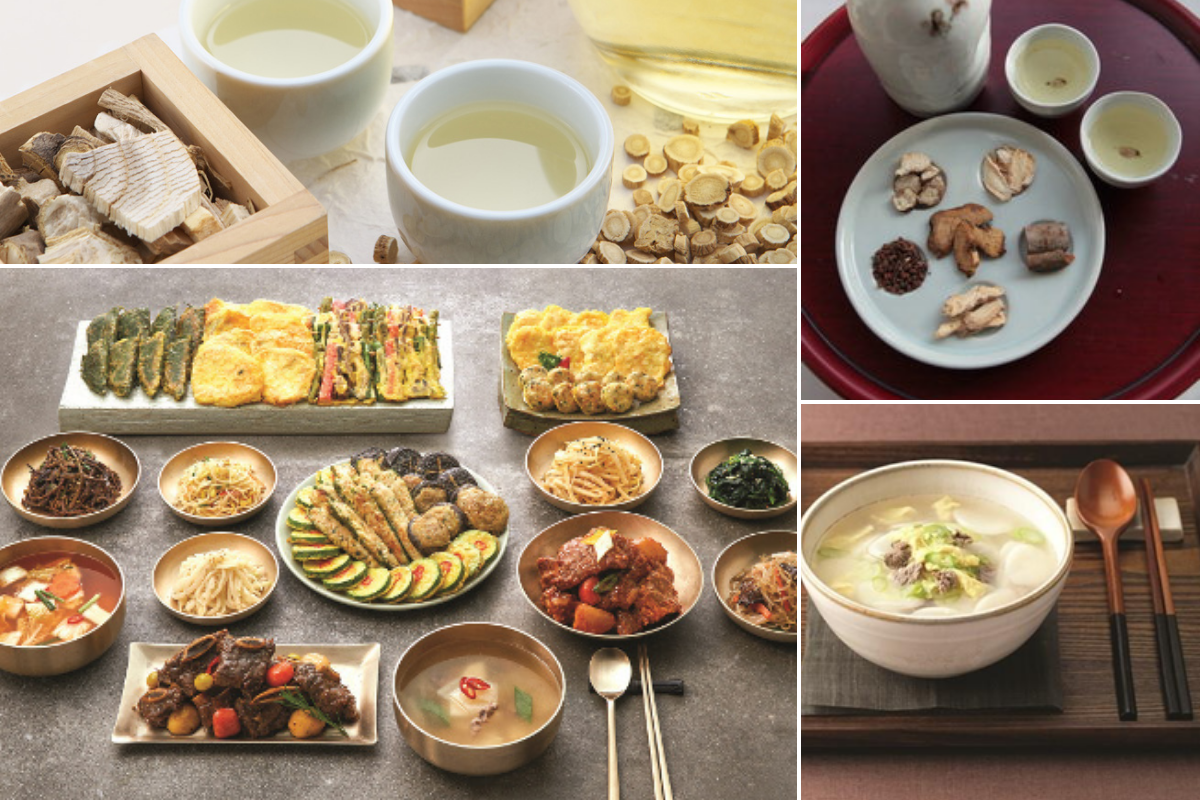 |
| Photo: Korea.net |
During Seollal, food is part of a ritual that serves to honor a family’s ancestors. The rite is called charea. Korean families traditionally prepare a range of foods, including meat, fish, alcoholic beverages, and a rice cake soup known as tteokguk.
Once the food is prepared, Koreans will usually arrange it in a particular order on a table according to ancestral rite laws. They’ll ritually bow to show respect for their ancestors before starting to eat. They may also make a point not to include certain foods in the meal.
For example, although Koreans often prepare fruit for Seollal meals, they won’t use peaches. This is because traditional beliefs state that peaches will ward off ghosts. When Koreans are trying to honor their deceased loved ones, they don’t want to keep their spirits away.
Some Korean families no longer perform these ancestral rites. To some degree, this is because the preparation is too difficult. Perhaps more significantly, many families no longer adhere to traditional Korean religious beliefs. Thus, they consider the ancestral rite to be an unnecessary part of the Seollal celebrations.
That said, food doesn’t just serve to show respect to a family’s ancestors during Seollal. Traditional Korean folk wisdom holds that a person will not grow a year older until first completing a bowl of tteokguk. While many families don’t actually believe this is true any longer, the folk custom is one of the reasons tteokguk is still a popular Seollal dish.
Bowing ceremony
Ancestors aren’t the only ones Korean families honor during Seollal. Children will often participate in the saebae ritual as well. This involves bowing to the older generation to show respect. In response, a child’s elders will often speak words of blessing.
Gifts
Luckily for Korean children, their elders don’t merely offer words of blessing after they perform the saebae ritual. Traditionally, they give children money, gifts, or both.
This arrangement can change when a child reaches adulthood. Once they’re an adult, many Korean families expect them to give presents or money to their elders, not the other way around.
Visiting graves
On the day the new year begins, Koreans might also visit their ancestors’ graves to further show respect.
Remembering ancestors is important to Korean culture in general. For instance, along with the Seollal rituals, Koreans often perform a Jesa ceremony for the dead.
The ceremony begins with the preparation of food and drink. Koreans will then create shrines to deceased family members. These typically feature a photo of the deceased, along with a written prayer.
After the meal and traditional bowing ceremony, Koreans will visit the tombs of deceased loved ones to clean them.
Some Korean families include the entire Jesa ceremony in their Seollal celebrations. That said, in general, they typically reserve the full Jesa ceremony for the anniversary of a loved one’s death.
Antaek
Not all Seollal traditions remain as popular as they once were. Once a popular ritual, Antaek has become less so over time. During this ritual, a shaman would come to the home of Korean families celebrating Seollal and perform an exorcism rite that involved praying for a home’s safety over the course of the next year.
Today, this ritual is considered an inspiration for Seollal and Chuseok, a traditional Korean harvest festival.
Ghosts
This is less of a ritual and more of a folk belief. Specifically, traditional Korean folk beliefs state that the spirits of the dead would return to Earth on the night of New Year’s Eve. They would try on the shoes of those they visited, and if the shoes fit, they would steal them.
When this happened, the person whose shoes the ghost stole would experience a year of misfortune. That’s why many Koreans used to hide their shoes on New Year’s Eve.
Other Korean folk beliefs say ghosts will descend on the living on the first full moon instead.
Korean New Year Game
When not eating or catching-up on each other’s lives, families often play games like GoStop and Yut Nori. Most families in Korea own a set of “Hwatu” playing cards in much the same way households in the West own 52-card decks. GoStop is an easy to learn game, often involving the betting of smalls sums of money, and is played by 2 or 3-people using “Hwatu” cards. Hwatu means “Battle of Flowers” and refers to the colorful images painted on the 48 cards in the deck. Each deck is broken into 12 sets of 4 similarly painted cards representing the 12 months in the year. Players score points by matching features of the cards in a variety of combinations, and after scoring 3 or 7 points, must decide whether to continue “go"ing or “stop” the game. Players add-up their points, which are modified by the number of times they said “go” and then exchange small sums of money based on their total number of points. Games are short, rarely lasting longer than 15 minutes but are a great way for everyone to unwind and have some fun. GoStop can get loud due to the belief that yelling when playing your cards can improve luck.
Yut Nori is by many accounts a much older game than GoStop, and there is no limit to the number of players. For all intents and purposes, Yut Nori is a race to the finish based on the throwing of four marked sticks instead of dice to determine movement. The object is for each team to get its four “Mals” or horses back to and past the finish line, which is also the starting line. Yut Nori is often played as a "first to 3 wins” game but the rules are malleable and the number of wins, players, and special or “house” rules is really up to the participants.
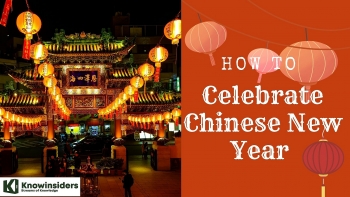 How to Celebrate Chinese New Year 2022 How to Celebrate Chinese New Year 2022 China has many interesting traditions, legends and stories told about the New Year, and there is a lot of facts that we do not know. ... |
 How To Celebrate Japanese New Year 2022 How To Celebrate Japanese New Year 2022 New Year is only a step away, and if you want to learn more about how Japanese celebrate this time, keep reading the article below. |
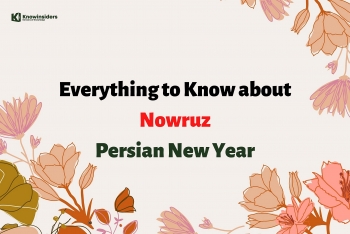 How to Celebrate Persian New Year 'Nowruz' 2022? How to Celebrate Persian New Year 'Nowruz' 2022? Nowruz is the Persian New Year celebrated by many countries in the Middle East, Central Asia and those in the Bahá’í faith. Check out this ... |
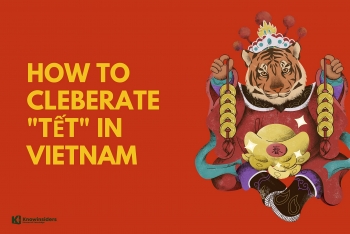 How to Celebrate a Vietnamese New Year's 2022 How to Celebrate a Vietnamese New Year's 2022 The lunar new year holiday, known simply as Tết, is the happiest time of year in Vietnam. How to celebrate Vietnamese New Year (Tet)! |

